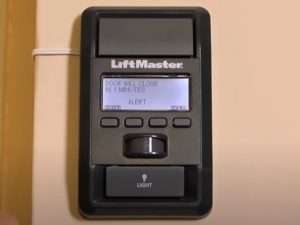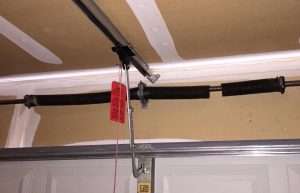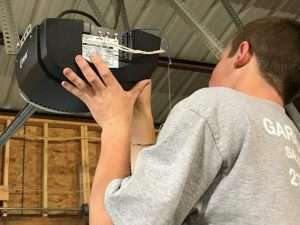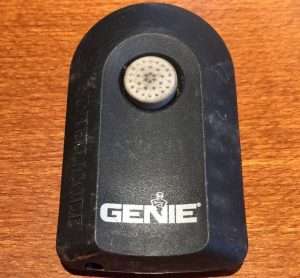Garage Door Won’t Open? Here’s Why
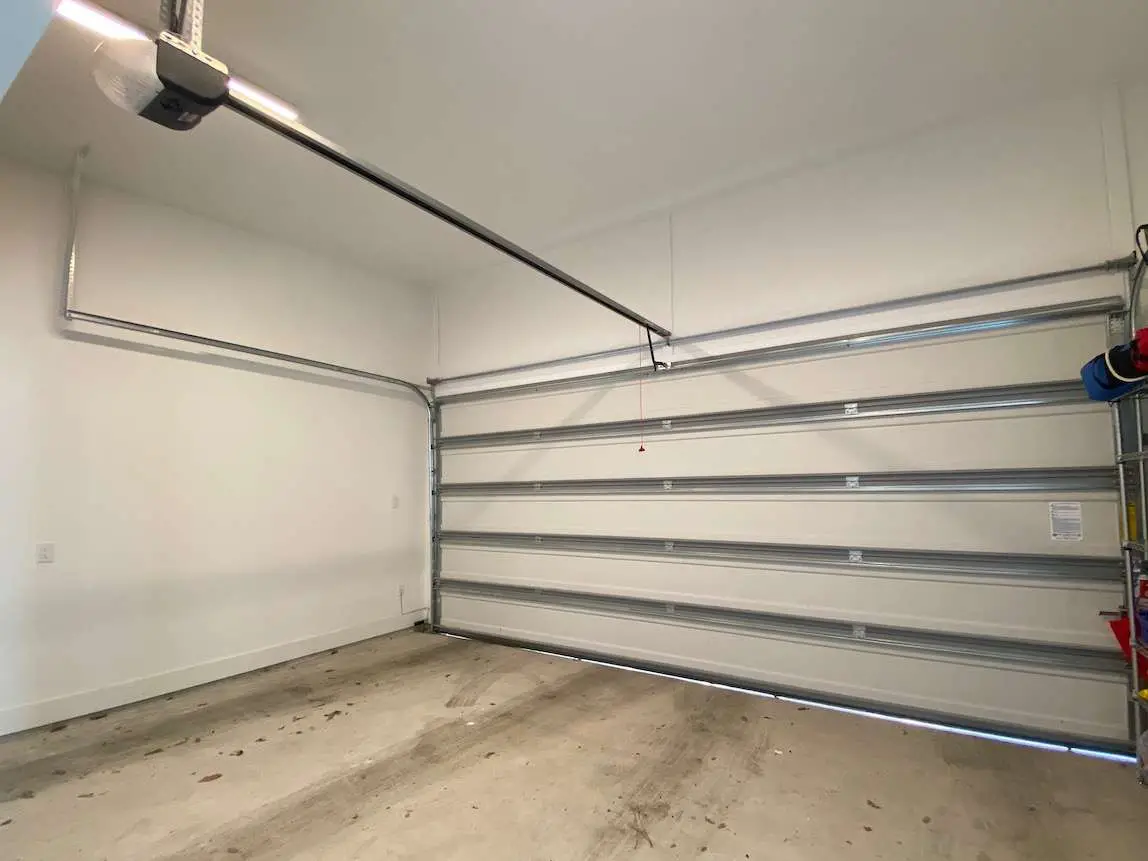
It’s 7am, and you’re rushing out the door to get to work by 8am. You press the button and your garage door only opens a few inches and stops, or maybe it goes up and then back down. What do you do now? First, don’t panic.
Because the garage door is used as the main entry and exit point, it can be frustrating for homeowners when it doesn’t work properly. In this article, we will cover the most commons reasons why your garage door won’t open, along with a few other helpful tips we have learned along the way.
Garage Door Only Opens a Few Inches?
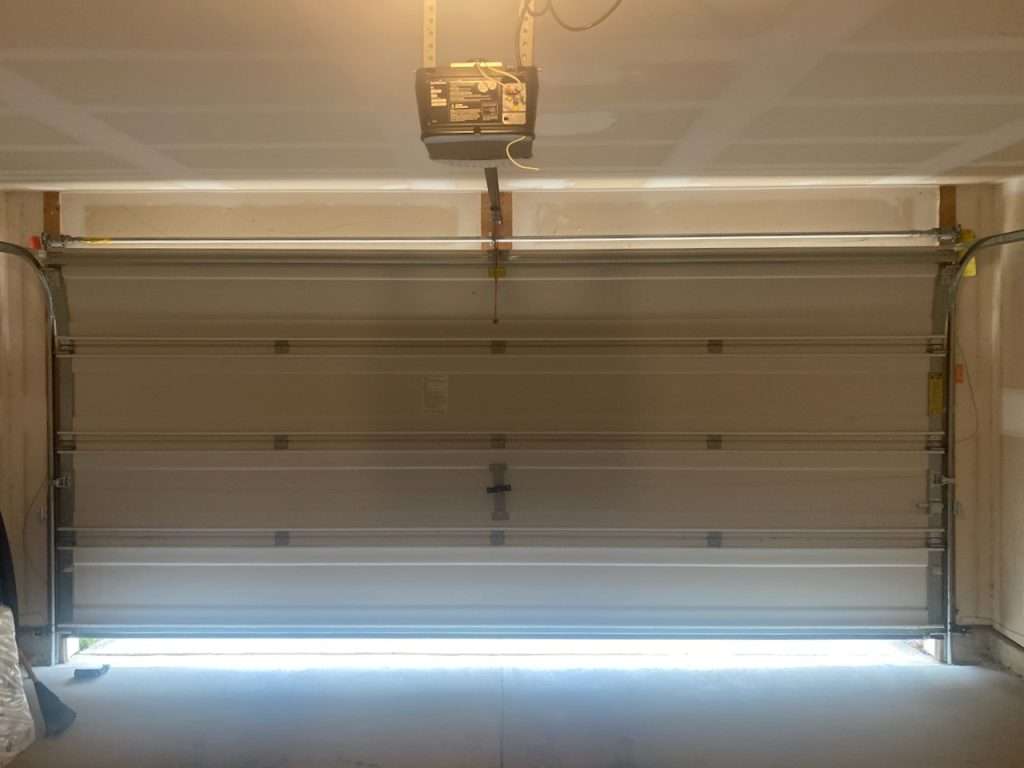
If your garage door goes up a few inches and stops, you most likely have a broken torsion spring. Spring repair is the most common repair on garage doors, and there is nothing you can do to prevent it. Garage door springs break due to usage, and the life of the spring is normally based on 10,000 cycles.
If your garage door is equipped with a torsion spring, take a close look to see if there is a 2” gap in the spring. If so, you have a broken spring, and it will need to be replaced.
We recommend calling a garage door company to handle the repair for you as it can be dangerous winding springs. This will also ensure the correct size of spring is put back on the door for proper operation.
How Do I Know if My Spring Is Broken?
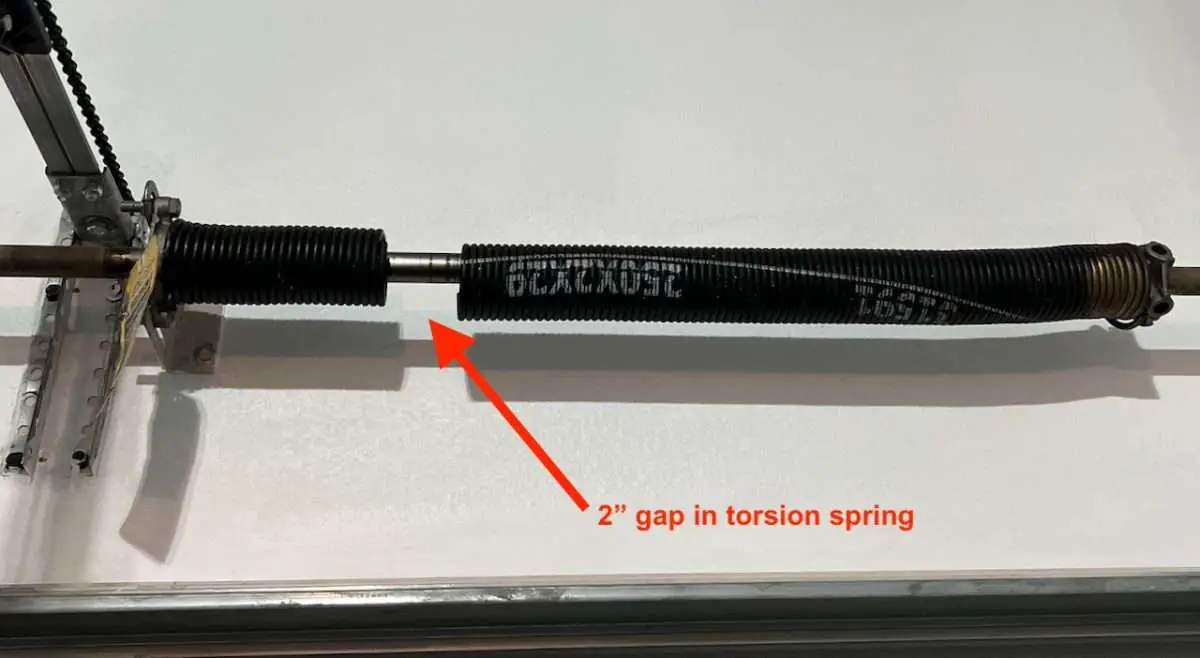
With your garage door in the down position, try pulling the red rope and lifting your garage door manually. If it doesn’t budge, you most likely have a broken spring. There are many common signs of a broken spring. In this section, we will go into greater detail on how to identify if you have a broken spring on your garage door.
Broken Torsion Springs
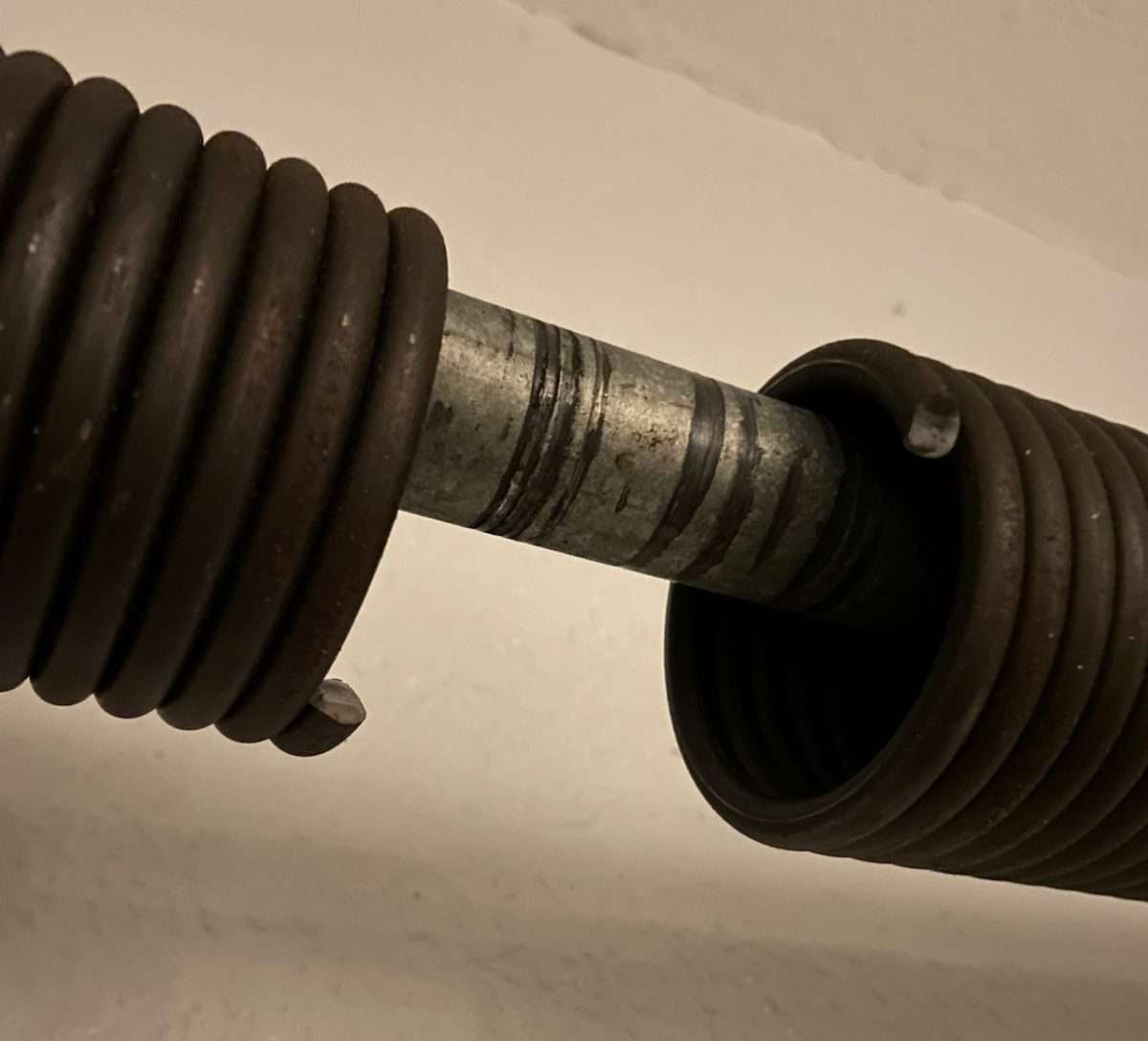
Like we mentioned earlier in the article, a torsion spring will have a 2” gap where the coils have broken. The reason for this is the spring grows 2” when it is initially wound up. Because the winding cone stays clamped down on the shaft, a gap is left in the spring when it breaks.
Broken Extension Springs
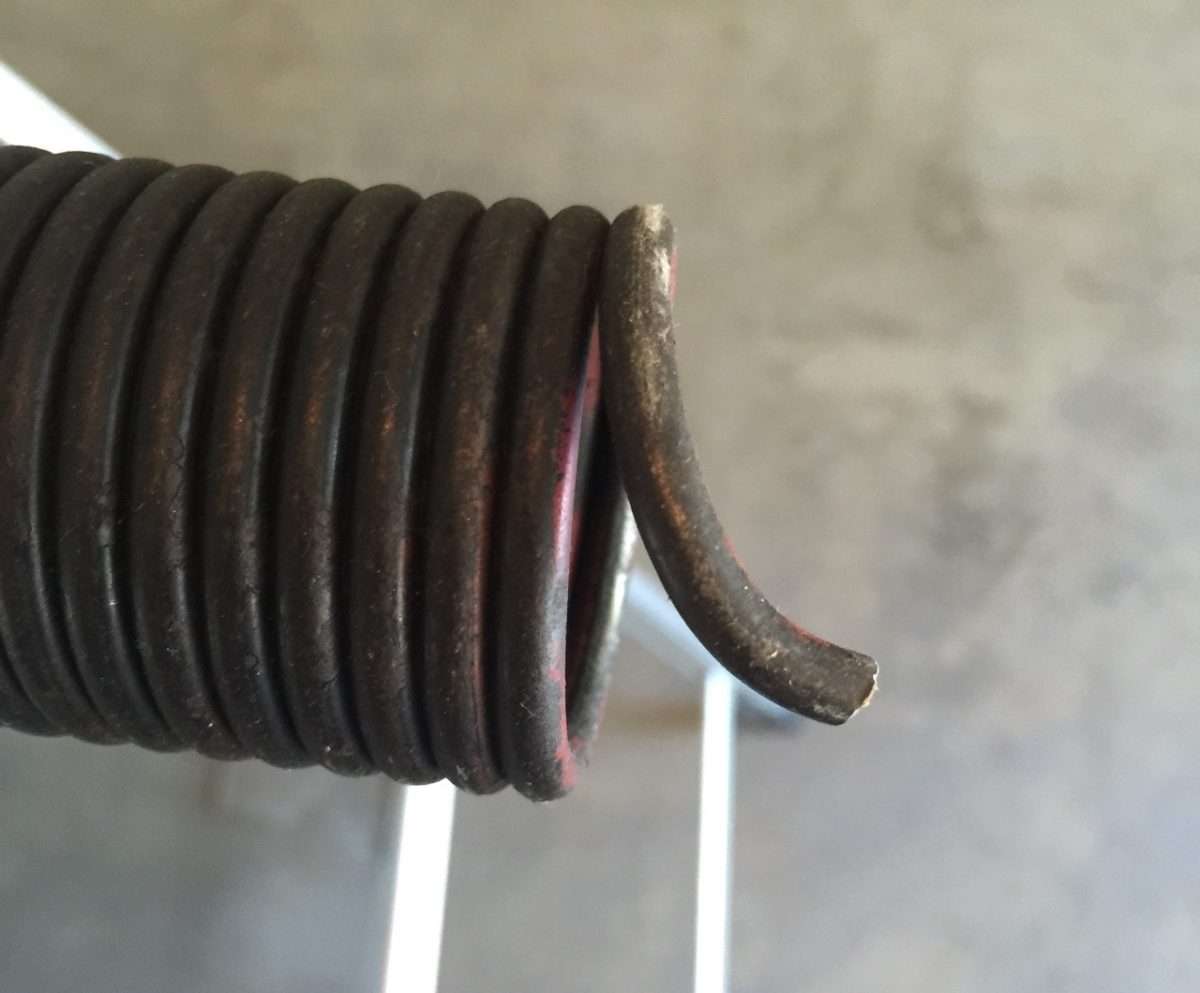
It’s easy to determine if you have a broken extension spring because it will be hanging down for the world to see. When the end of the extension spring breaks, it will come off the pulley or punched angle where it is attached. If the spring doesn’t have a safety cable, it could fly across the room when it breaks.
Broken Wayne Dalton Torquemaster Spring

Wayne Dalton garage doors with Torquemaster springs have a tube mounted above the door. Inside the tube is one spring for a single car door and two springs for a double car width door. If one of these springs breaks, the door will most likely go up a few inches and stop.
Another common issue when a Torquemaster spring breaks is the system will lock itself in the up position. This is because the Wayne Dalton Torquemaster spring has an anti-drop feature built-in that automatically engages once the spring breaks.
As the door is opened, you will hear a clicking noise as the engaged metal lever lays against the plastic gear. This is great in theory, but many times it leaves homeowners stranded with their door wide open.
Help the Door up if You Have Two Springs
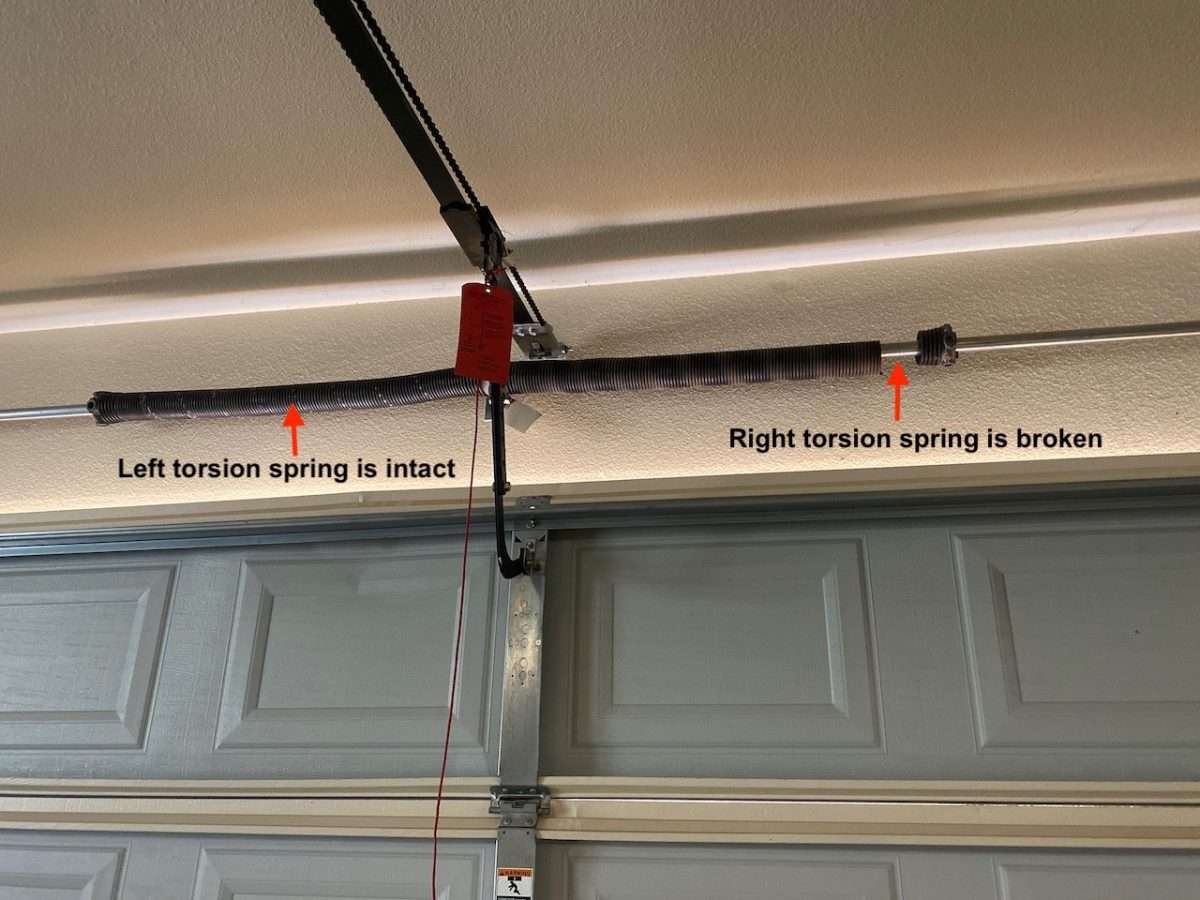
If you have two torsion springs on your garage door, you may be able to help the garage door up while another family member presses the button for the automatic opener. The second good spring will keep the cables on the drum, making it easier to open. This allows you to get your vehicle out if it’s stuck in the garage.
Please keep in mind, we don’t ever recommend opening a garage door with a broken spring. Garage doors are heavy and pose a severe threat if they come down on a person or pet. A garage door with a broken spring will also put stress on your automatic opener, which can lead to premature failure of parts.
PRO TIP:Please exercise extreme caution when attempting to open a garage door with a broken spring. We DO NOT recommend.
Why Does My Garage Door Only Go Up Half Way?
Unbalanced Garage Door
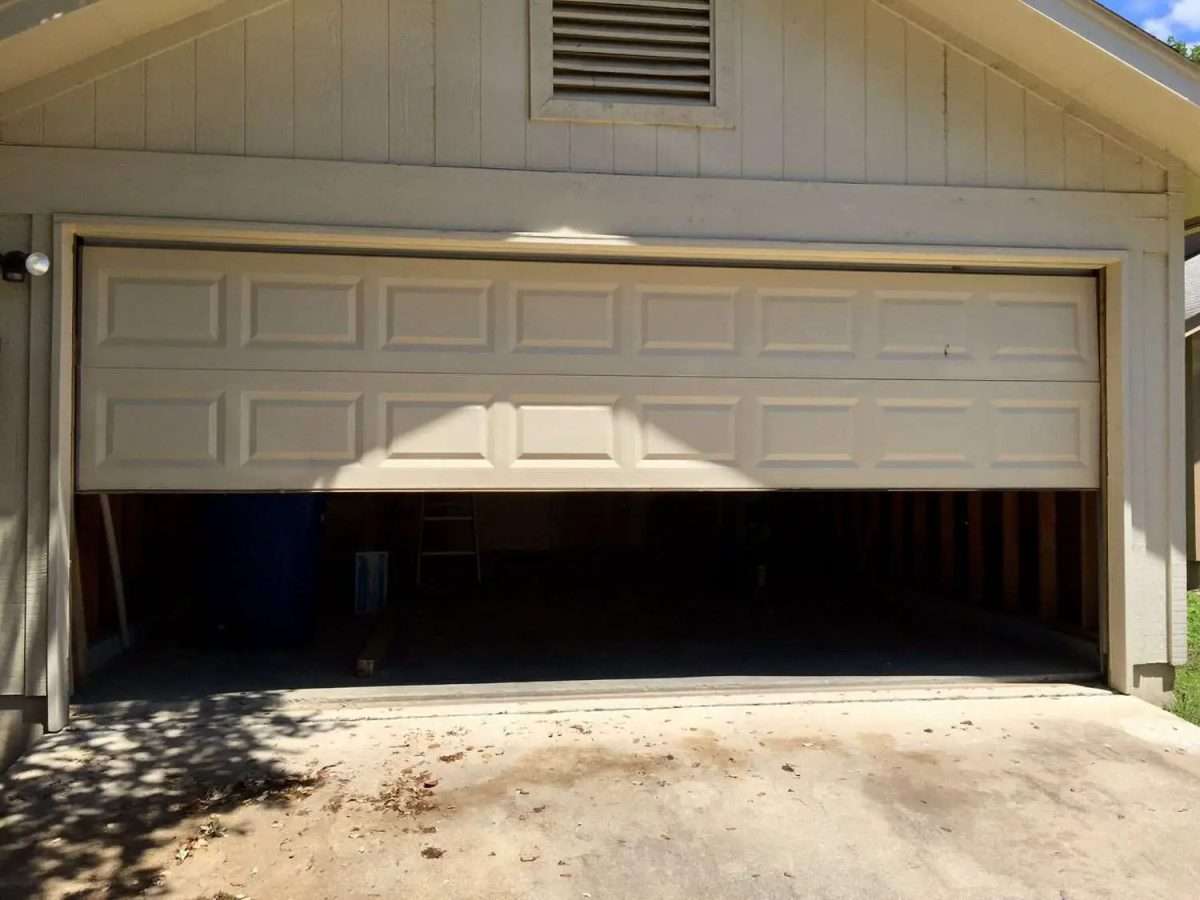
If the spring is not broken on your garage door, and it only opens half way, the first thing you need to check is to make sure your garage door is balanced. Garage door springs will get weaker over time, leaving you with an unbalanced garage door. This can usually be solved by calling a garage door company to come out and add tension to your springs.
Keep in mind, if your springs are starting to get weak to the point they need tension added, there could be a chance they are going to break soon. This is not always the case, but it does happen occasionally.
Adjusting Force on Garage Door Openers

Every automatic opener with an AC motor has open and close force limit adjustments that tell the opener how hard to pull and push during operation. If your garage door opener is stopping halfway up, you may need to increase the force on the dial with the up arrow.
The blue dials in the picture above show the force adjustment for LiftMaster, Chamberlain, or Craftsman openers. The left dial sets the force for the up cycle, while the dial on the right sets the force for the down cycle. The pulling force on garage door openers can get weak over time and might need to be increased, so your opener continues to function properly.
While some dials are blue, other force dials on older Genie and Overhead Door openers are black and can be harder to see. Either way, they all should have an up and down arrow to signify which direction you are adjusting.
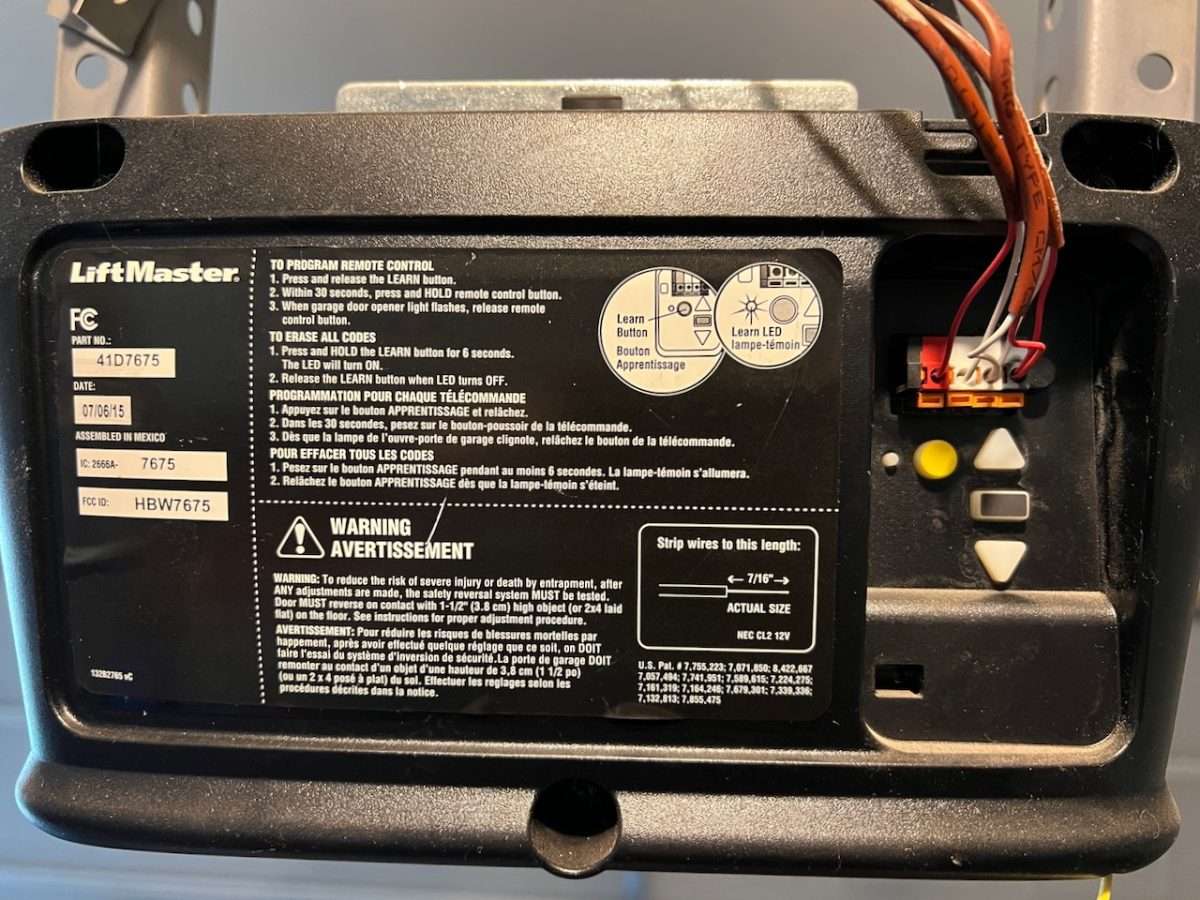
Newer garage door openers that have DC motors will feature electronic force limits that are built into the circuit board. The force on these units is automatically set based on the last four cycles the unit has run. The force is usually set after the travel limit programming has been completed.
While LiftMaster doesn’t allow you to adjust this setting, Linear and Genie do offer a way to increase and decrease these settings. This can be helpful if the unit is installed on a heavier overlay type garage door. The procedure for specific models can be found in their owner’s manuals.
Chain Drive Sprocket is Stripped
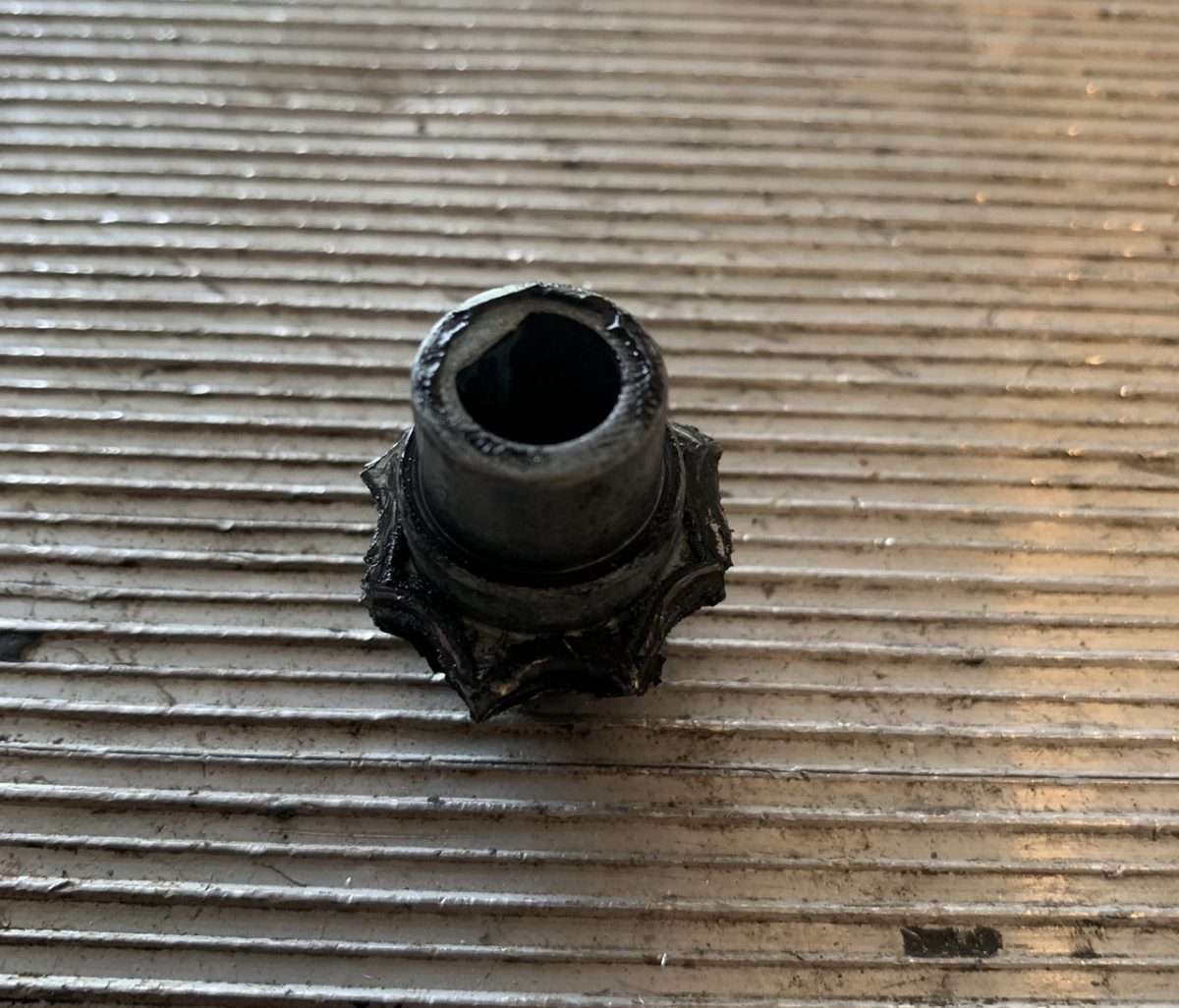
A good place to start if your garage door is going halfway up is the chain drive sprocket on top of the motor. If the teeth are starting to strip out, the chain can slip on the sprocket, which will prevent it from opening. This will also throw off your travel limits, which is why your opener may be stopping half way.
Stripped Drive Gear
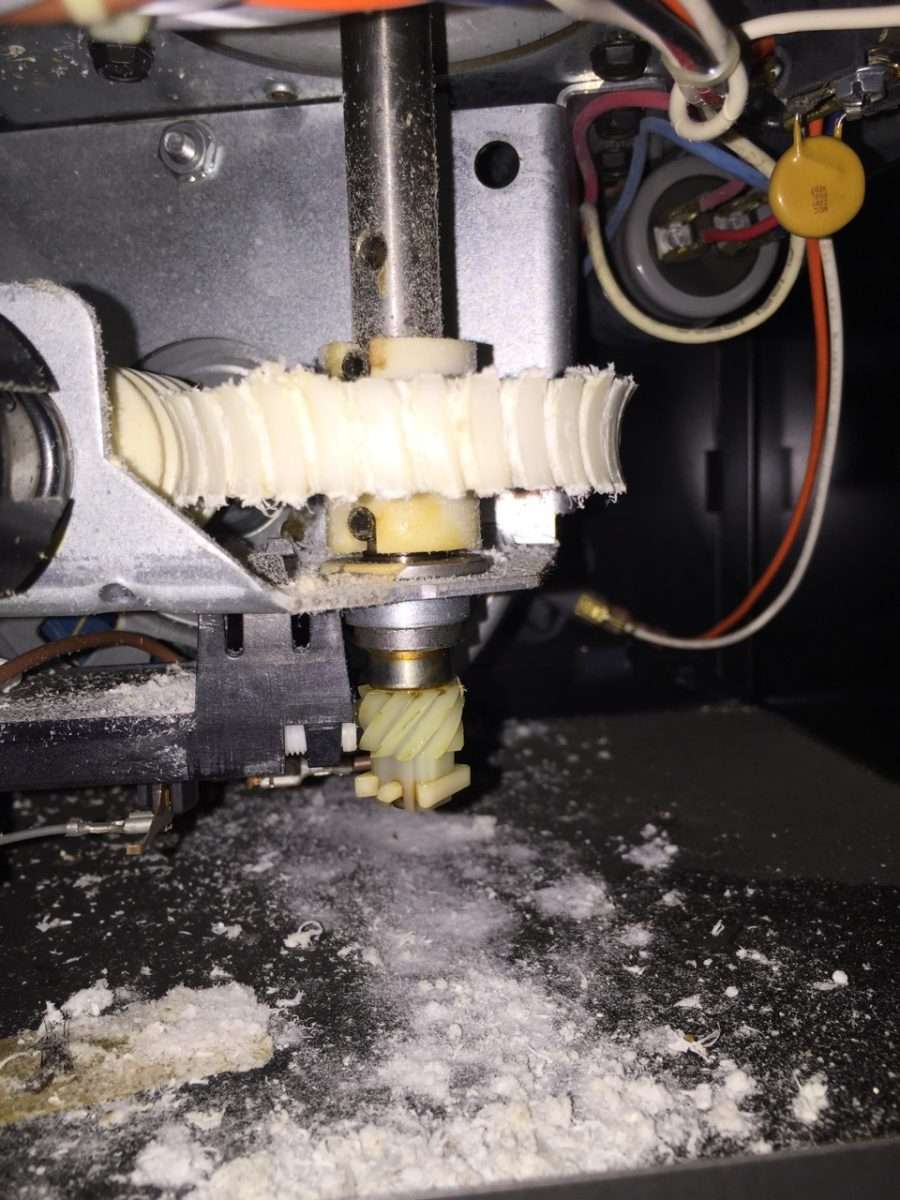
This might be harder to see because the cover has to be removed, but you may have a stripped drive gear if your garage door is stopping half way. What happens is the travel limits will get way off because they are connected to the small gear below the main drive gear.
Drive Belt is Stripped
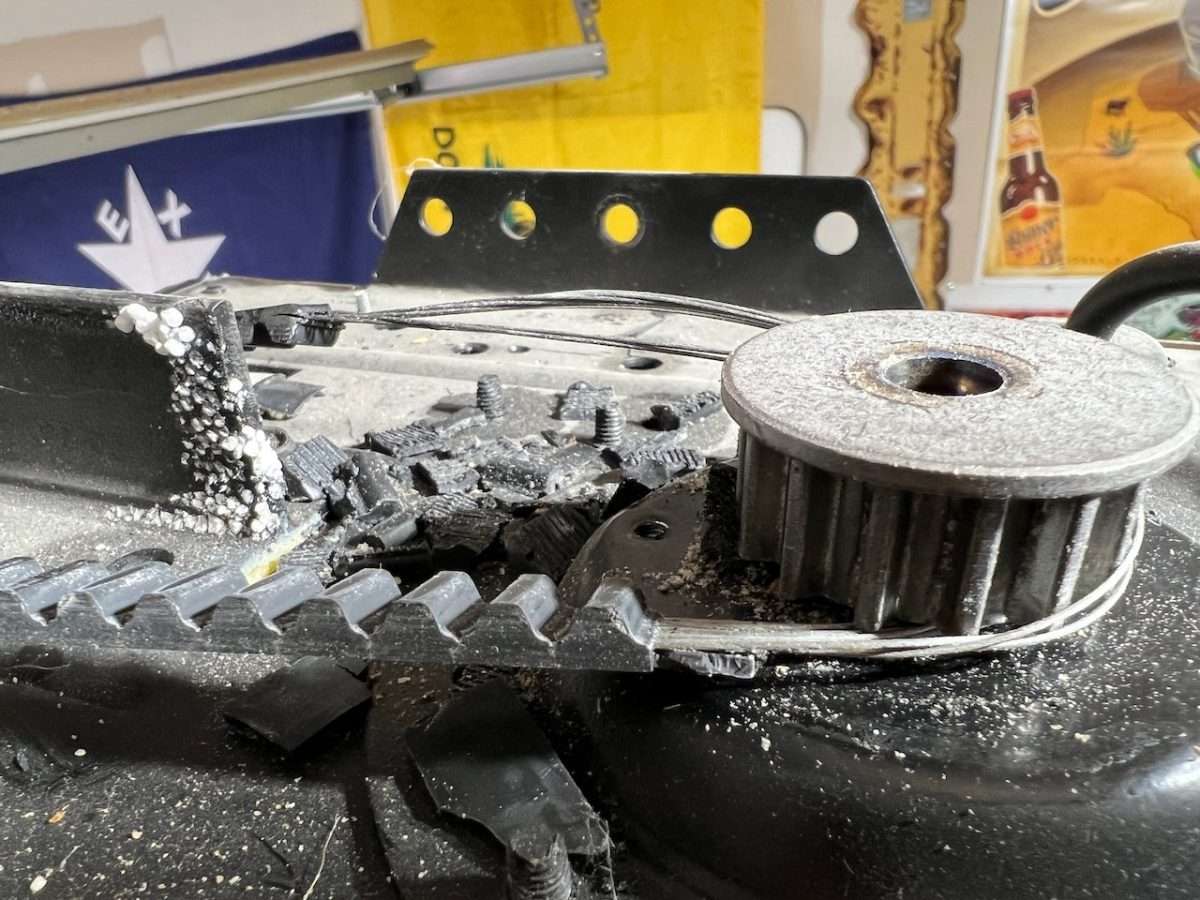
If you have a belt drive garage door opener, it might be a good idea to visually inspect the belt to look for cogs missing or steel wires exposed. A drive belt that is missing teeth will slip on the sprocket, therefore causing the travel limits to be off.
Screw Drive Coupler is Broken
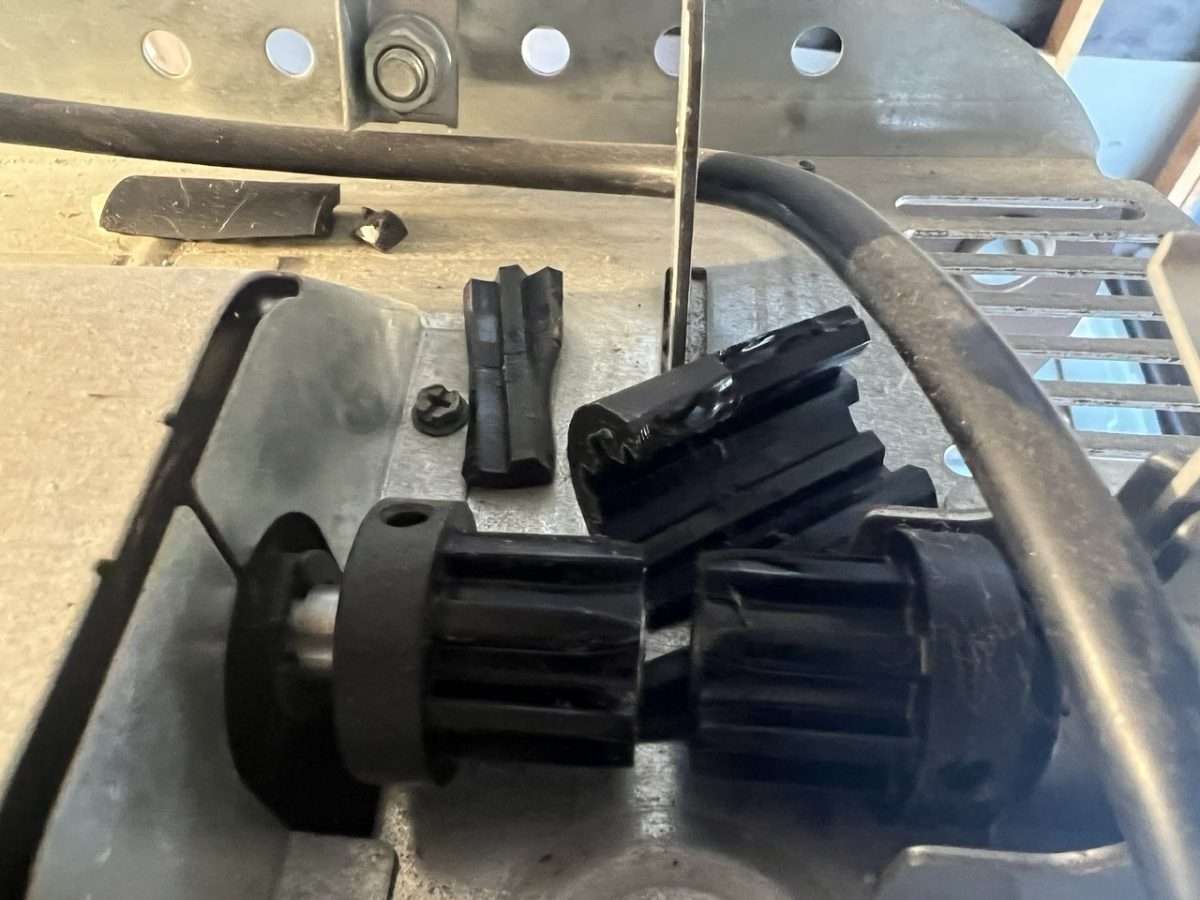
If your garage door doesn’t open, you may have a broken coupler on your screw drive opener. LiftMaster, Chamberlain, and Craftsman screw drive openers have the coupler on top. The coupler on Genie screw drive openers is hidden between the rail and the motor. Replacing this part should resolve your issue.
Screw Drive Trolley is Stripped
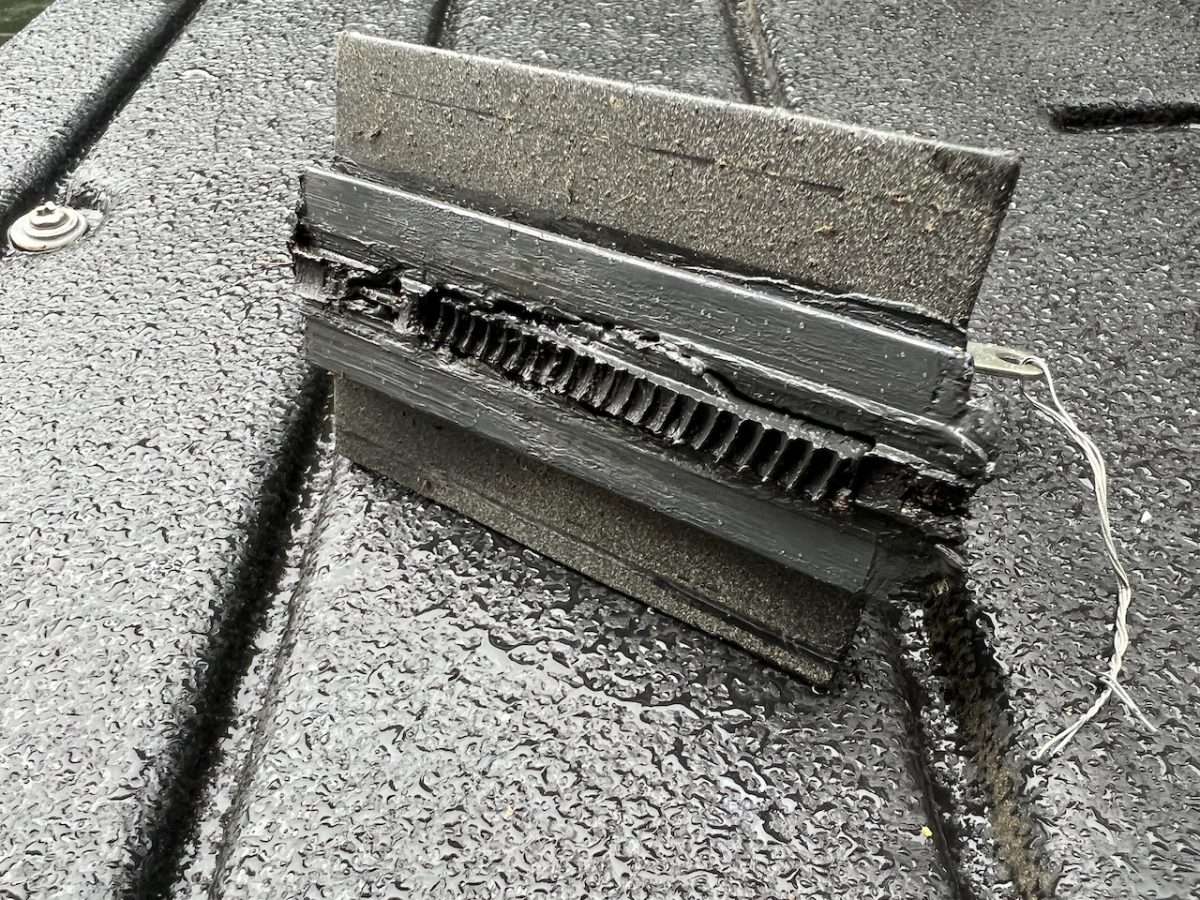
As the teeth start to strip on a Genie screw drive trolley, it will start to get louder and could completely stop mid-cycle because the teeth are no longer engaged into the rail. This can easily be resolved by replacing the trolley.
Extension Springs are Sprung
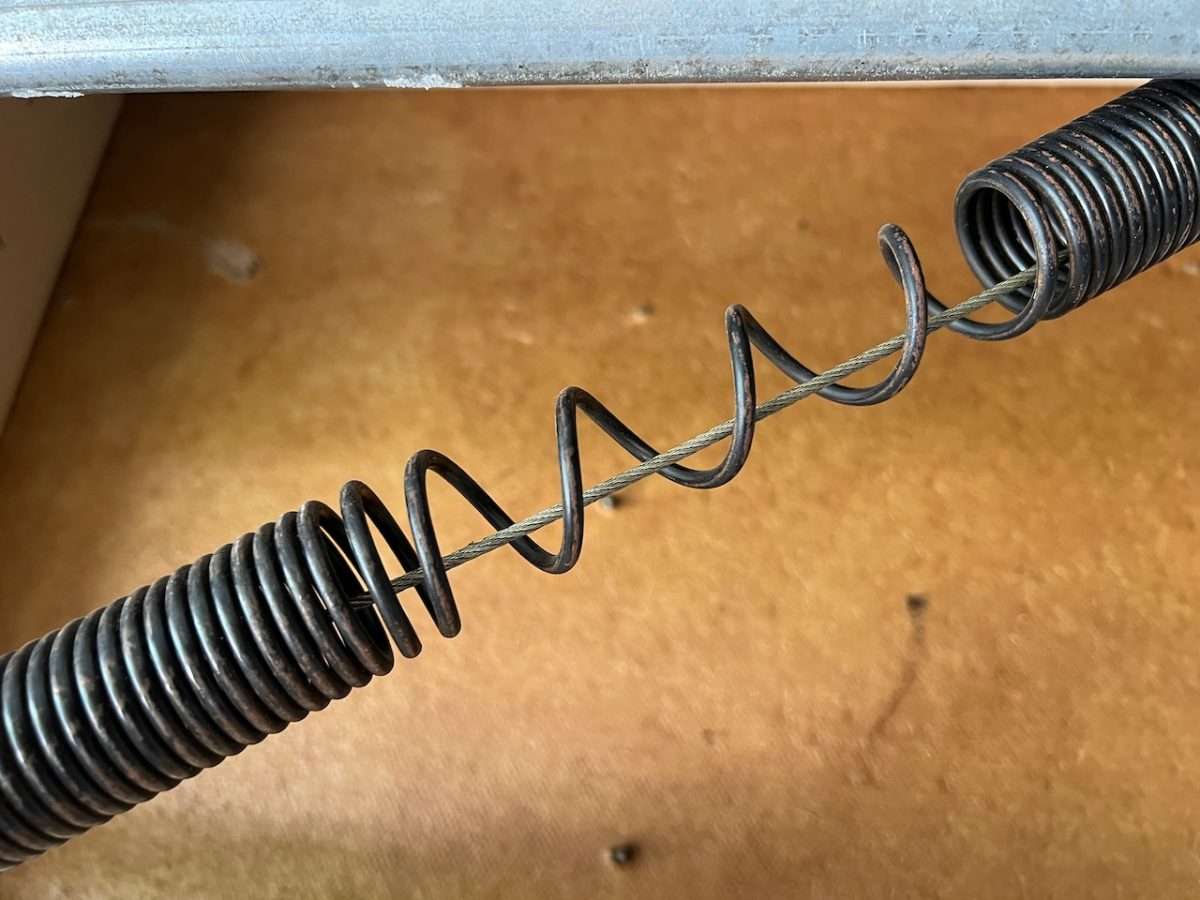
Another common issue with extension springs is they can stretch out instead of breaking on the ends. If you see a gap or stretched coils on your extension springs mounted on the sides by your horizontal tracks, you most likely have a sprung spring. What this means is the spring has lost its pulling power; therefore it needs to be replaced.
Garage Door Won’t Open When Cold
A common phone call we receive when it is cold outside is that the garage door opener will not open or close properly. Because things like to stiffen up in the cold, including grease and oil on garage door parts, your automatic opener will feel more resistance. Increasing the force will usually solve this problem.
Garage Door Opener Won’t Open?
If your garage door doesn’t open, it could be a simple issue with your automatic opener. Let’s go over some common reasons why your opener is not functioning properly.
Dead Battery in Garage Door Remote
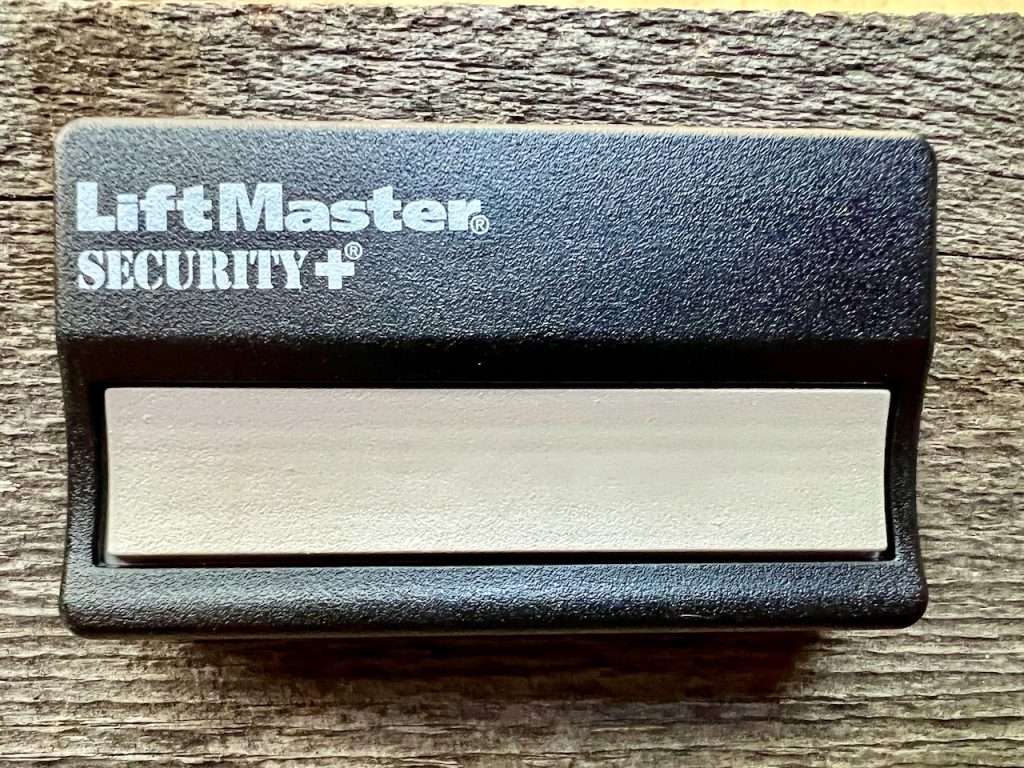
If you are trying to open your garage door with your remote, and it won’t open, you may need to replace the battery in the remote. All garage door remotes use a battery for power. To change the battery, you will need to pry open the casing using the visor clip.
Outside Keypad is Not Opening the Garage Door
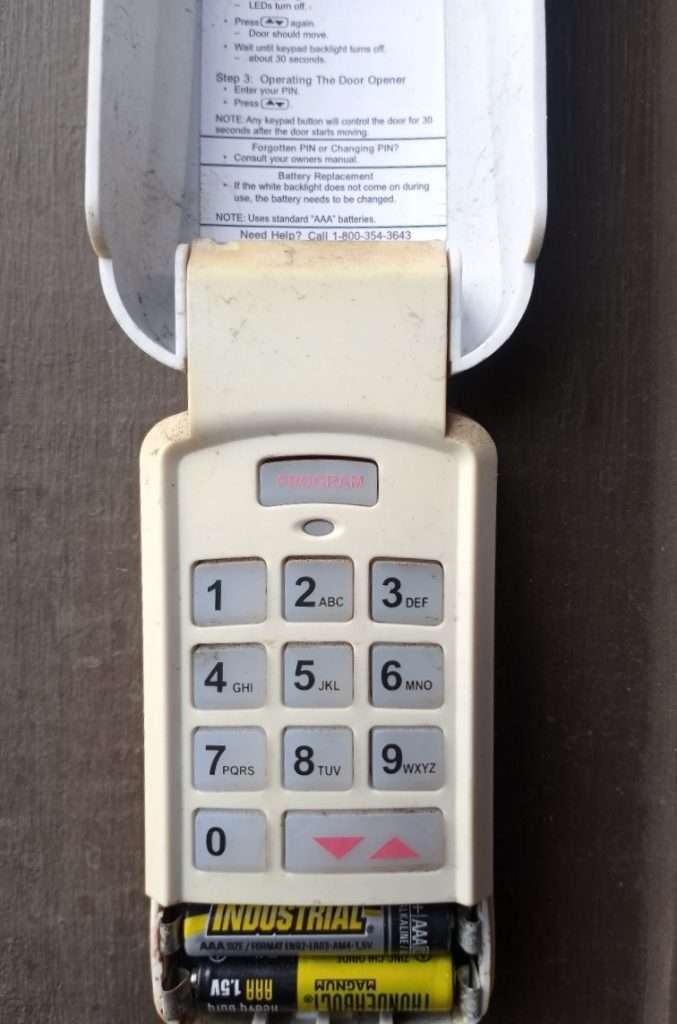
If your outside keypad is not working, first check to see if any lights are shining when you press the buttons. If not, you most likely need to replace the batteries, which are typically located on the bottom of most keypads. All residential garage door outside keypads use batteries.
Lock Engaged on Wall Button
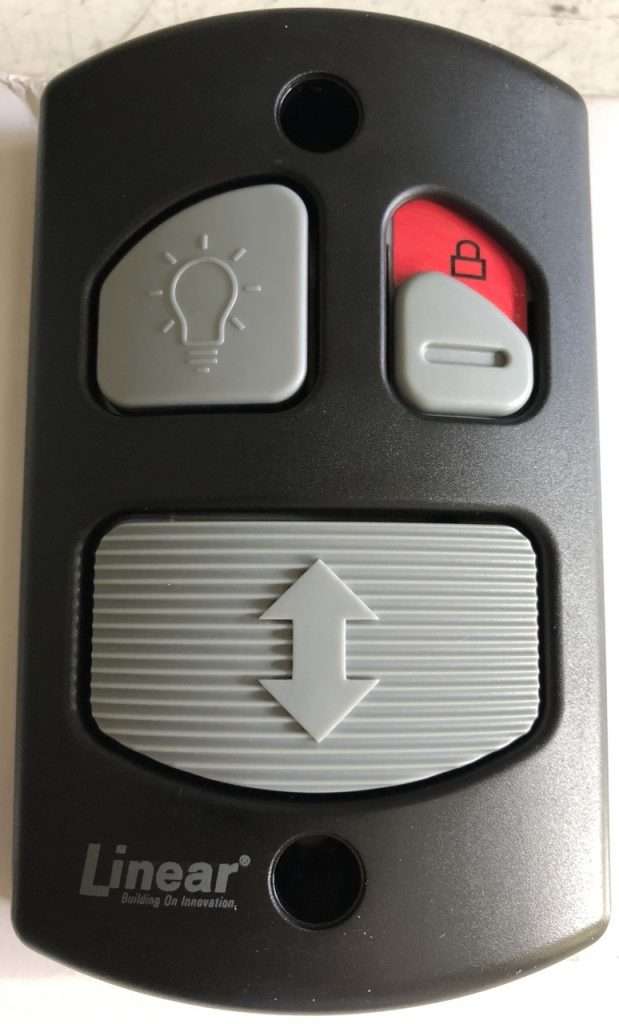
If the lock is engaged on your inside wall button, the remotes, and outside keypad will not open your garage door. Some brands like LiftMaster and Chamberlain will only lock out the remotes while the outside keypad still functions like normal. The Linear brand will lock out the remotes and outside keypad if the lock is on.
Capacitor is Blown in Garage Door Opener
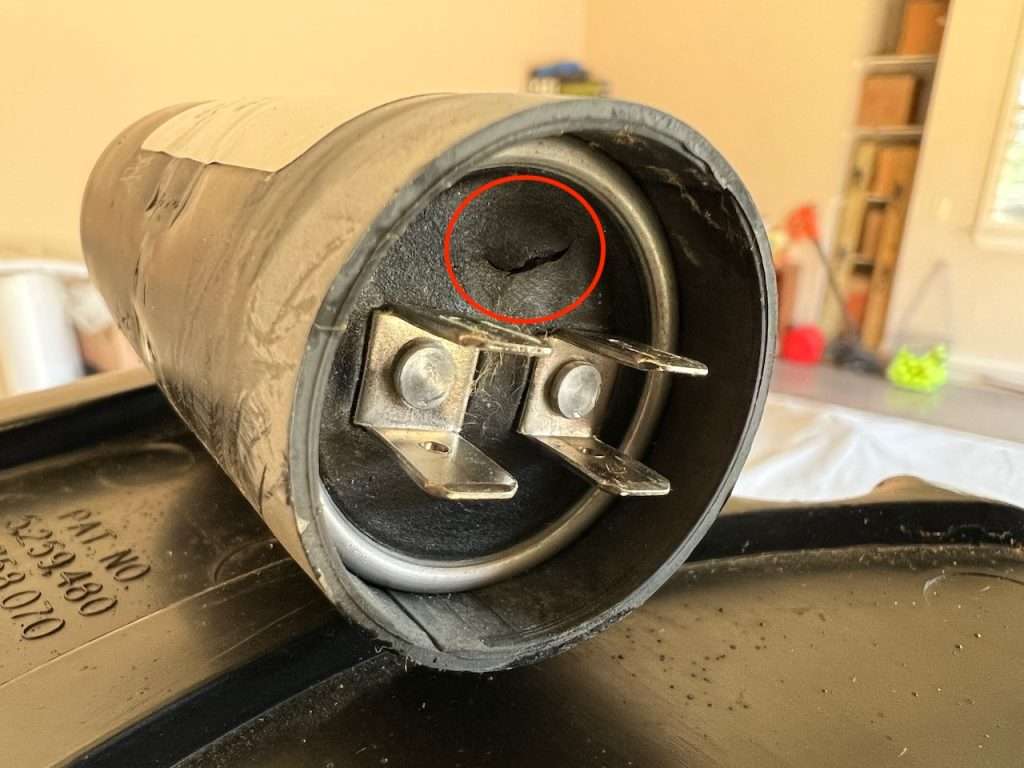
If your garage door opener started smoking or is non-responsive, you may have a blown starting capacitor. The capacitor stores the energy needed to start an opener with an AC motor. Common signs of a blow capacitor are smoke coming from the unit, a “pop” noise, or liquid discharging inside the cover or onto the floor.
How Do I Make My Garage Door Open Further?
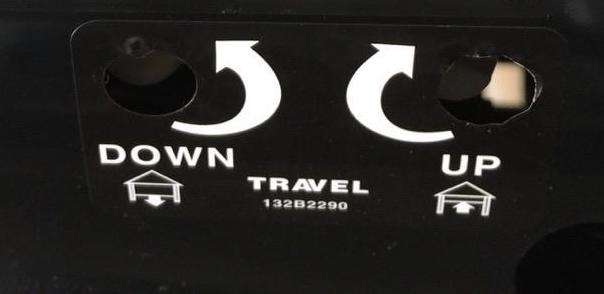
If you need your garage door opener to open further, you can manually adjust the up travel limit pictured above using a flathead screw drive. Usually, one full turn on the limit screw is equivalent to around two inches of travel.
If you have a newer opener with electronic limits, you may need to reprogram the travel because of a broken spring, power outage, or incident like backing into the door. This is common on newer openers that have DC motors with electronic limits.
Your Garage Door is Locked
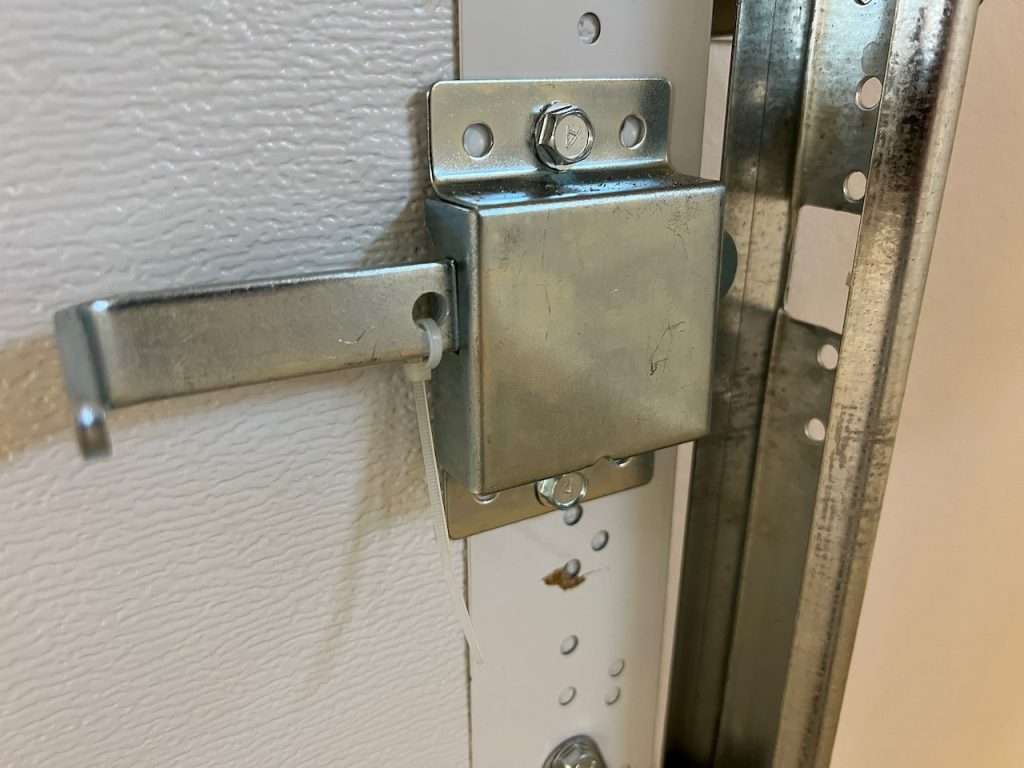
If your garage door doesn’t open, or it comes off track after attempting to open, you may have the door locked. This is very common when people go out of town on vacation and return home. They forget the garage door is locked and press the button to open the door.
If you have an inside lock on your garage door and use an automatic opener, disable the lock with a cable tie or bolt. This will ensure no one opens your garage door while it is locked, which can cause hundreds of dollars in damage.
Why is My Garage Door Not Opening and Closing Smoothly?

The most common reason why a garage door is not opening and closing smoothly is the rollers are bad. A standard double car garage door has ten rollers that carry the garage door up through the vertical tracks into the horizontal tracks.
You want to make sure you have properly functioning garage door rollers to ensure quiet operation and to prevent a door off track. If you let your rollers go too long, the wheel could come off the stem. A good time to replace rollers is when you have your spring replaced.
No Power To Your Garage Door Opener
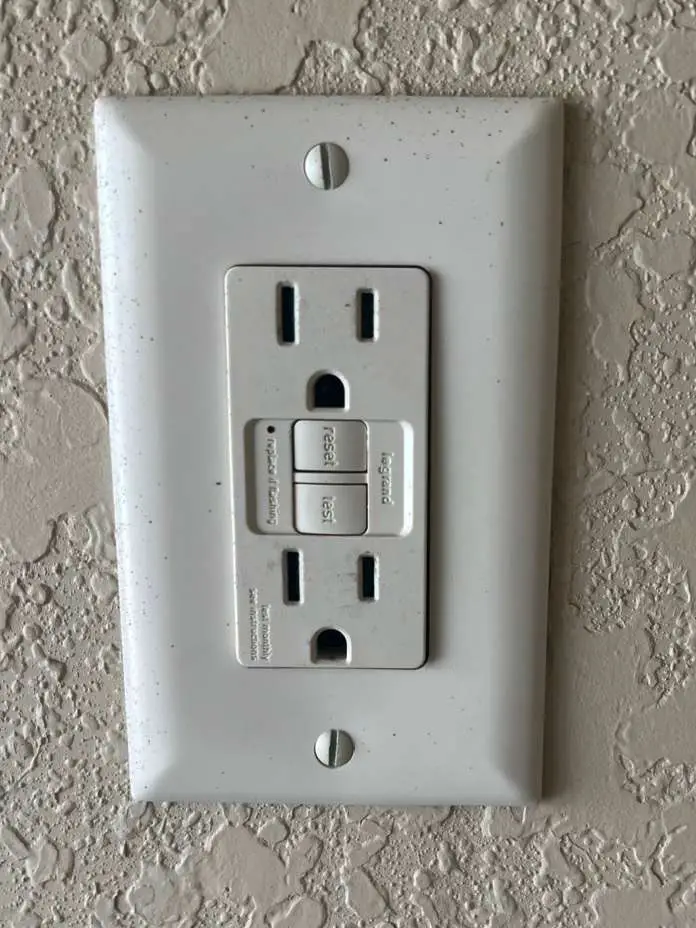
If your garage door opener has no power, first check one of the GFCI outlets in the garage to see if it needs to be reset. Recently, home builders have been running power to the outlet in the ceiling for the opener from one of the GFCI outlets in the garage.
This is especially common when there is a fridge or freezer plugged into the GFCI outlet. These appliances have a tendency to trip these circuits. If the GFCI is working properly, the next place to check would be your breaker box.
Conclusion
A garage door that only goes up a few inches or won’t open at all is the most common phone call any door company will receive. This is why we always stress to homeowners not to rely 100% on your garage door to open. You should always have a key to the front door in case you can’t get in.
A broken spring is usually the most common reason why a garage door won’t open. This article lays out what to look for and links to other more in depth articles we have written on specific issues. Now you can move forward with proper garage door knowledge that could potentially help you with the next issue that arises.

